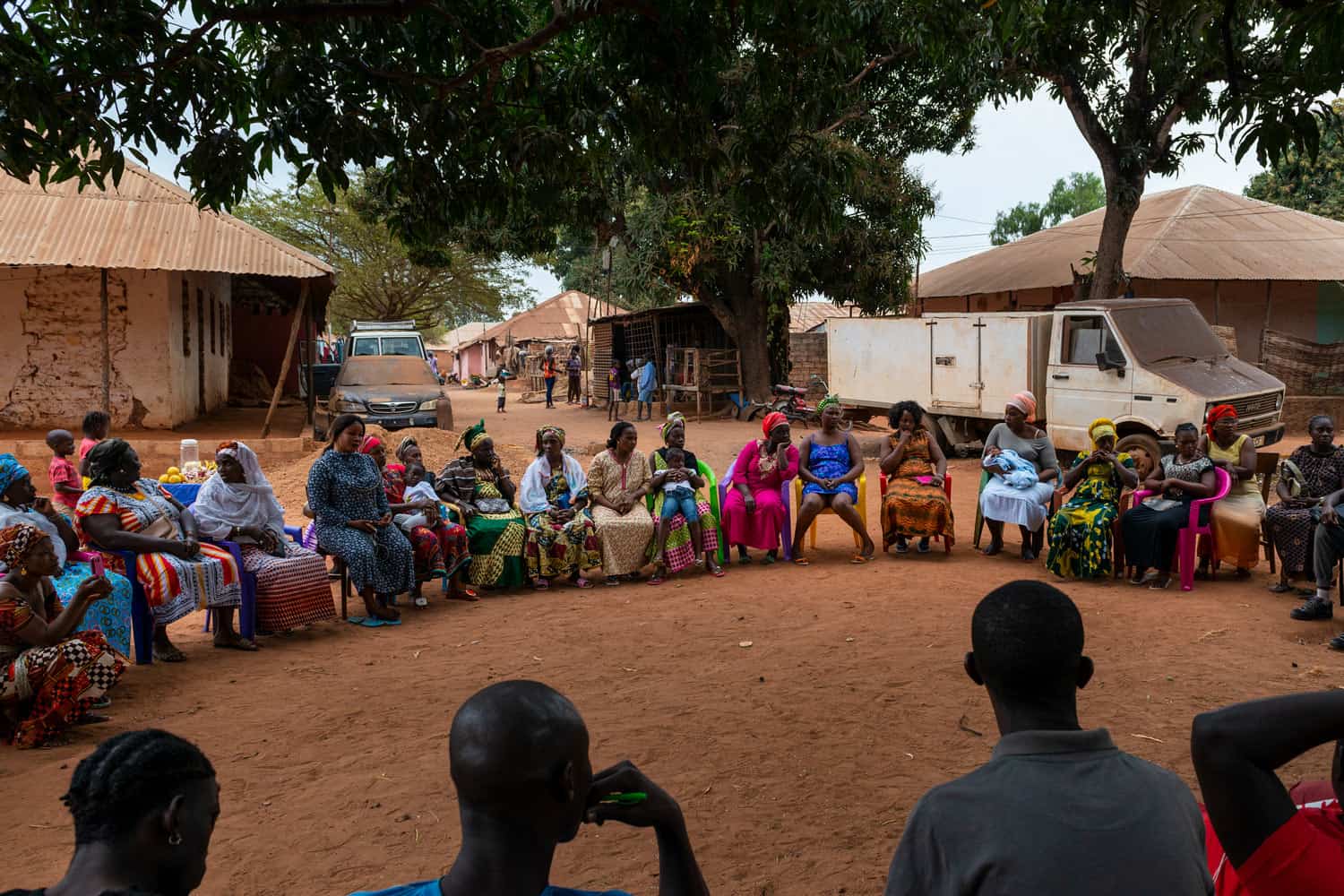Governments have an important role to play to ensure that exploration and mining are carried out in a way that is environmentally and socially responsible, as set out in the Intergovernmental Forum on Mining, Minerals, Metals and Sustainable Development’s (IGF’s) Guidance on Environmental and Social Impact Assessments (ESIAs). The energy transition away from fossil fuels will increasingly test governments in this respect because it will require the increased production of critical minerals like cobalt, copper, and lithium. These vital resources are often located in areas of social and environmental sensitivity, which demands that companies conduct thorough impact assessments that incorporate meaningful community engagement—free of manipulation and corruption.
Why Does Community Engagement Need to be Part of the ESIA Process?
Community engagement, when done meaningfully, enables women and men in host communities to understand how a mining project could affect their lives and gives them the opportunity to have a real say in how the project proceeds.
Active, inclusive, and informed community participation leads to more accurate and effective ESIAs that incorporate the diverse needs and perspectives of community members about how their land, livelihoods, and traditions stand to be affected. Any ESIA and corresponding mitigation and management plans that do not include this information risk causing serious harm.
With demand for critical minerals poised to grow and the pandemic pressuring countries to relax regulations, authorities need to be especially vigilant now more than ever.
In the case of Indigenous and First Nations Peoples, governments have a duty to ensure these groups have access to accurate, relevant, and meaningful information about potential environmental and social impacts of mining. This is integral to the right of Indigenous Peoples to provide or withhold free, prior, and informed consent (FPIC) in relation to projects that will affect their lives, as recognized under the United Nations Declaration on the Rights of Indigenous Peoples.
Community involvement in the ESIA process helps minimize mining’s negative impacts and makes the sector more accountable, but governments need to be aware that meaningful community engagement can be compromised by manipulation and corruption in some well-documented ways.
What Undermines Meaningful Community Engagement?
Recent research into more than 20 mineral-rich countries by Transparency International’s Accountable Mining Programme found that community engagement is more likely to be undermined by manipulation and corruption when:
- Engagement and agreement making occur only with local elites and without transparency, excluding members of the affected community from participating.
- Accountability is weak because the rules and requirements for company engagement with communities are not clear.
- Transparency is low because critical information about project plans and impacts is not available or is not accessible to women and men in affected communities.
- Agreements between communities and companies are not available for community members to scrutinize and use to hold community leaders and companies accountable.
These risks have become even greater in countries that have expedited ESIA processes and relaxed community engagement requirements in response to the COVID-19 pandemic.
What Can Governments Do?
There are several actions that governments can take to make sure that community engagement in the ESIA process is genuine, meaningful, and effective.
- Define and enforce clear requirements for community engagement. Regulations need to set out when and how companies are required to engage with communities about the project’s ESIA and impact management plans, and how this requirement relates to community engagement requirements for other processes such as land access and FPIC. Companies should be required to ensure participation is truly representative of the community by actively including women and people from marginalized groups. Regulators need to be resourced to monitor companies and impose penalties for non-compliance.
- Improve transparency and public access to ESIAs. Governments should publish and/or require companies to publicly disclose the ESIAs and related management plans in a widely accessible way. Documents should be published both in their original form and in easily comprehensible languages and formats for affected communities. For the information to be truly accessible, governments may need to make independent technical expertise and advice available to communities.
- Build capacity and listen to communities. Governments should support communities to understand the ESIA process and their rights to participate, with a particular focus on empowering women and vulnerable groups. They should also engage communities on broader land use questions prior to the ESIA process to foster a more integrated and strategic examination of development opportunities and trade-offs.
Ultimately, it is up to governments to ensure that the mining sector contributes to the Sustainable Development Goals and protects the interests of current and future generations. With demand for critical minerals poised to grow and the pandemic pressuring countries to relax regulations, authorities need to be especially vigilant now more than ever. In this regard, effective ESIAs are an important tool for governments to minimize the negative impacts of mining—but the process must meaningfully engage women and men in the affected communities.
Lisa Caripis is Research and Policy Manager with Transparency International’s Accountable Mining Programme, a global initiative that works with governments, companies, and communities to build more transparent and accountable licensing and permitting processes. Visit the Programme’s website to access publications and country case studies on the ESIA process, community engagement, and gender equality.

